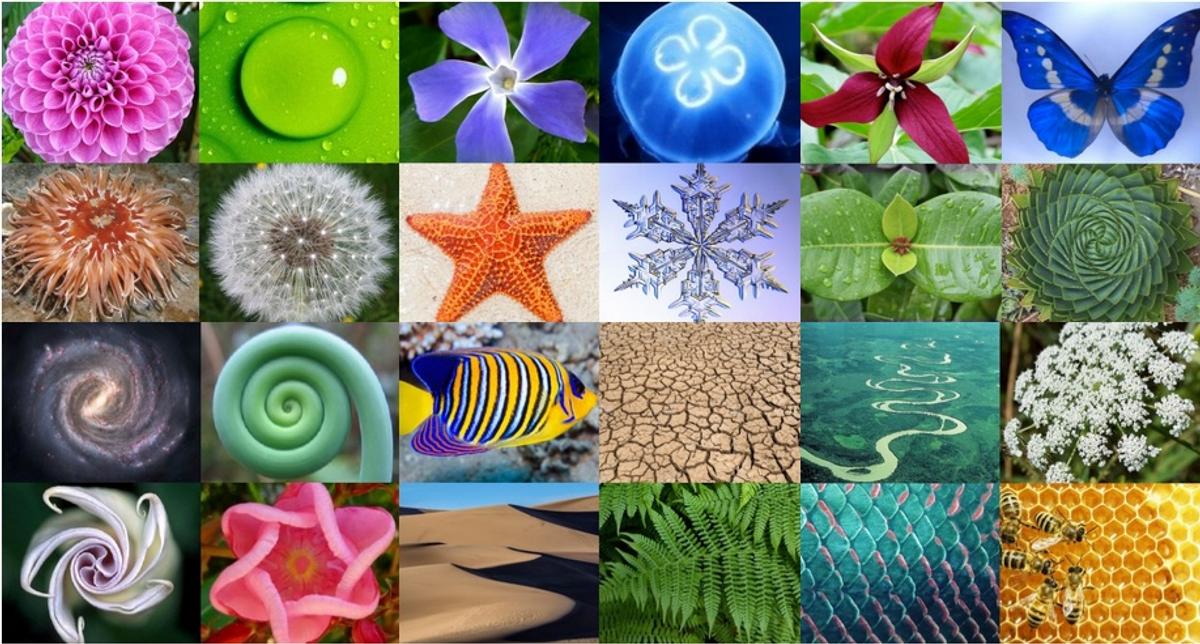Literacy and Numeracy News
BE INVOLVED, BE CONNECTED

Literacy and Numeracy News
BE INVOLVED, BE CONNECTED
Being a mathematician requires lots of different skills, but, what does it take to be a great mathematician? Take a moment to look at the list of skills below and have a go at putting them in order. What skills do you think are most important to be great at maths - and which skills would you rank as the least important?
For several years I implemented this thinking routine with my Grade 4 students. The rich discussions as students analysed the skills and justified their answers provided insight into their thinking and understanding of Maths as a subject, the way they might approach their learning and how they viewed themselves as mathematicians. One skill that was often under-rated was noticing patterns, with many times students rating this as the least important skill. Throughout the year, I would endeavour to expand their thinking and show them that Maths is all about noticing patterns and the important role this skill plays in extending our thinking.
One of the reasons why this is such an important skill, is that noticing patterns allows students to make connections and eventually generalisations. Think about the skill of counting by 10, starting at 7. If you can notice the pattern of how the ones column never changes, only the 10 columns, you can efficiently count 7, 17, 27, 37, 47. If you can’t spot the pattern, then each time you might need to count by 1s - 7, 8, 9, 10, 11, 12, 13, 14, 15, 16, 17.
Students spot patterns by starting with a particular task or example. As students explore new examples, they need to be able to find similarities and differences. Being able to transfer their learning to new situations and see what works, helps them to build up an understanding of strategies which might always work - and then they begin to build generalisations.
The great thing about noticing patterns is we can do it every day, in lots of different ways. We can notice patterns in wallpaper, tile tessellations, house numbers, building windows, music or choreography. Students can create their own patterns, by making bead bracelets, drawing, composing their own music or song. Driving you can notice patterns on highway signs, exits, even car number plates. Have a look at the pictures below - what patterns can you notice?









